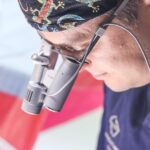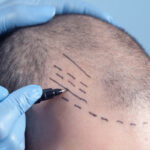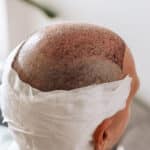Hair transplantation is becoming increasingly popular worldwide. When performed correctly, it delivers natural-looking and long-lasting results. Transplant techniques are constantly evolving and improving, making the entire process more precise and patient-friendly. Each method has its advantages and limitations, as well as specific tools used during the procedure. So, what instruments are used in hair transplantation?
What does hair transplantation involve?
Hair transplantation is one of the most effective methods of combating hair loss. It is usually considered once non-invasive treatments fail to provide satisfactory results. The principle is relatively straightforward – hair follicles are harvested from the donor area, prepared, and implanted into the recipient site. This allows for the restoration of receding hairlines or the thickening of hair along the forehead. However, the process requires extreme care and precision. Harvested grafts must remain intact and of the highest quality.
Read more: What are grafts and how are they harvested?
Modern techniques make transplantation less invasive and more precise. The most advanced methods do not require significant surgical intervention or the use of scalpels, which minimizes tissue trauma, shortens recovery, and improves patient comfort.
FUE, FUT and DHI techniques – differences in tools
There are several hair transplant techniques, with FUE and DHI being the most advanced. Both focus on the individual transplantation of follicular units using micro-instruments that leave minimal traces. They are designed to extract and implant grafts with minimal tissue damage. Many patients report that after recovery, scars are virtually invisible.
The older FUT method, still used in some clinics, is more invasive and requires a scalpel. In this technique, a strip of scalp is removed, usually from the back of the head, and hair follicles are extracted from it. This damages skin, blood vessels, and nerves, increasing the risk of complications and scarring.
Read more: Hair transplant methods: FUE, ARTAS, STRIP
Tool comparison across different techniques
| Technique | Tools | Description | Invasiveness |
| FUE | Manual punch, micro-motor, forceps | Precise extraction of individual grafts | Low |
| DHI | Choi implanter pen | Simultaneous extraction and implantation | Low |
| FUT | Scalpel, microscope | Strip excision with follicle isolation | High |
Follicle extraction
Both FUE and DHI involve two key stages: graft extraction and implantation. In these methods, no strip of skin is removed – only the follicles are taken from the donor area. Special micro-punches or fine needles are used to extract follicles with a small surrounding tissue margin.
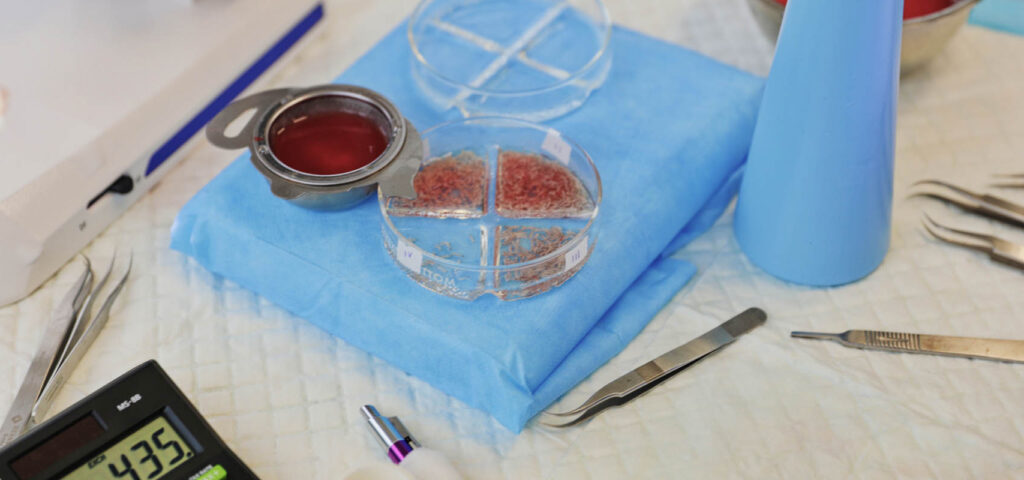
In FUE, tiny incisions are made in the scalp to place the grafts. This is done using ultra-sharp sapphire blades or micro-punches. Tool selection and size depend on the patient’s needs.
It’s important to note that all stages of transplantation are performed under anesthesia, usually local. This means patients feel no pain while staying fully conscious. Sedation can also be added if needed, depending on individual circumstances.
Preparation and implantation of grafts
After harvesting, grafts are examined and selected under a microscope or surgical loupe. They are then stored in sterile containers until implantation. In FUE, fine needles and surgical forceps are used to gently place grafts into the pre-made micro-incisions. Typically, the donor area is shaved beforehand for easier access.
DHI works slightly differently. It uses the Choi implanter pen to both extract and implant follicles in one motion. The device looks like a pen – the follicle is loaded inside, and when applied to the scalp, the needle creates a channel and places the graft. A key advantage of DHI is that patients don’t always need to shave the recipient area completely, making it especially popular among women.
Pre-operative examinations
Even though modern hair transplants are minimally invasive, patients still need proper preparation and medical tests. These help evaluate scalp condition, hair quality, and follicle health, and allow the surgeon to determine the expected outcome.
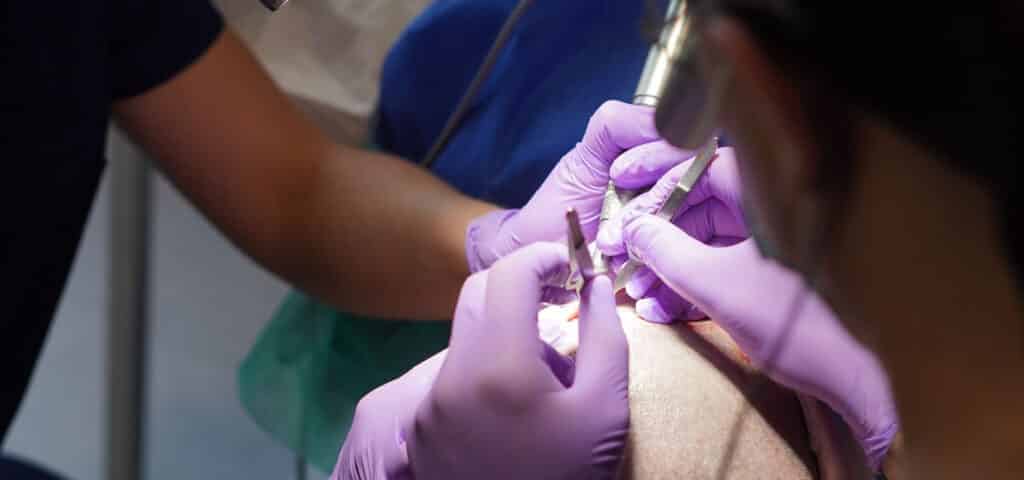
Key diagnostic tools include the dermatoscope and trichoscope, which provide magnified, high-resolution images of the scalp and individual hairs. They allow doctors to detect underlying conditions that may affect treatment and tailor the approach accordingly.
Read more: How is hair and scalp examination performed?
Hygiene and sterilization of instruments
As with any surgery, sterility and cleanliness are essential. Sterilization ensures that all instruments are free of contamination and microorganisms. This reduces infection risks and complications.
Autoclaves are used to sterilize with pressurized steam, effectively killing pathogens. Ultrasonic cleaners help remove tissue debris from hard-to-reach areas of instruments without damaging them.
Patient comfort and treatment effectiveness
Although hair transplantation may seem straightforward, it is a complex, multi-step procedure. Depending on the chosen technique, patient needs, and hair condition, a wide range of specialized tools are used. Ultimately, the surgeon’s skill and experience remain the most important factor. Advanced tools support precision, but the outcome depends heavily on medical expertise.
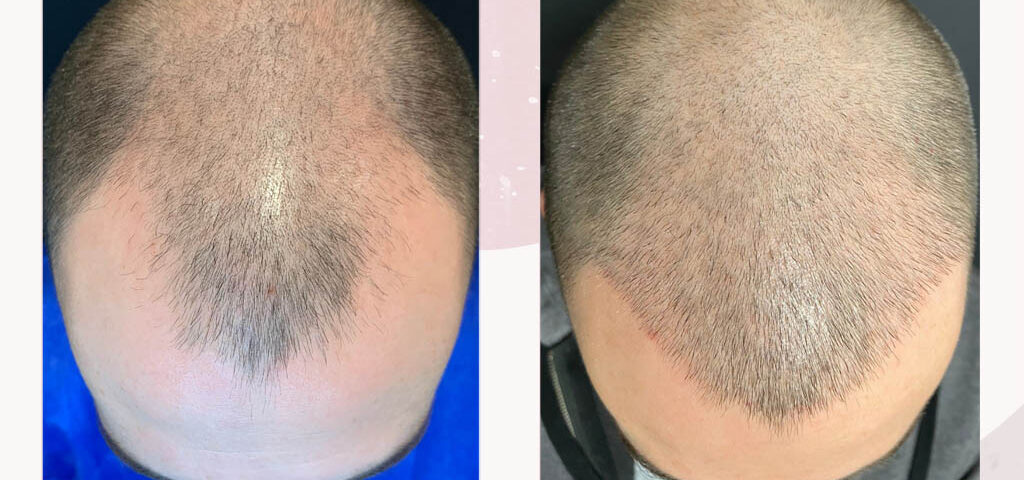
Modern equipment also enhances patient safety and confidence. With continuous improvements in tools and techniques, hair transplantation is becoming even less invasive and more effective. Patients struggling with hair loss already have access to multiple reliable solutions to restore natural hair and confidence.




